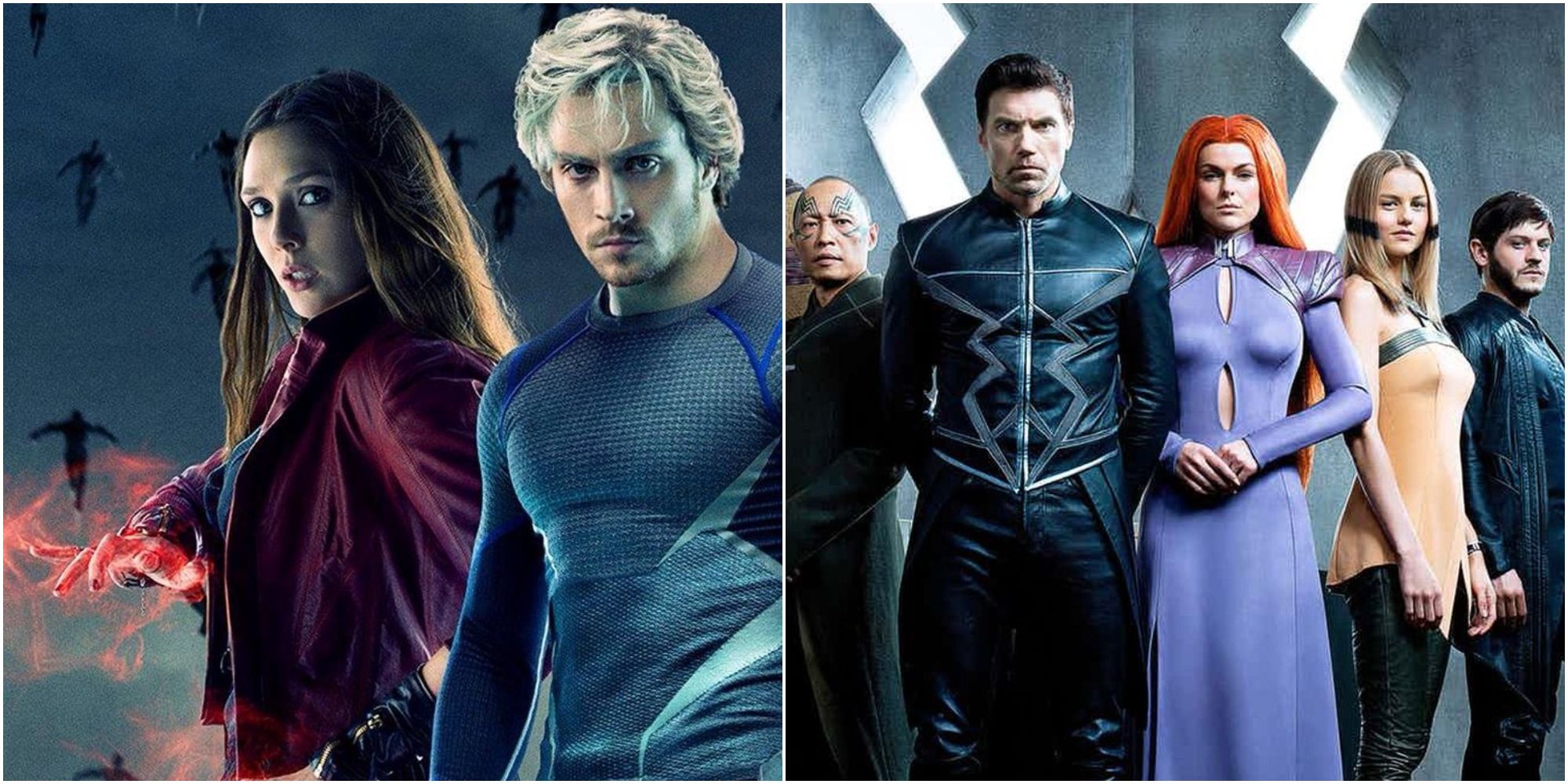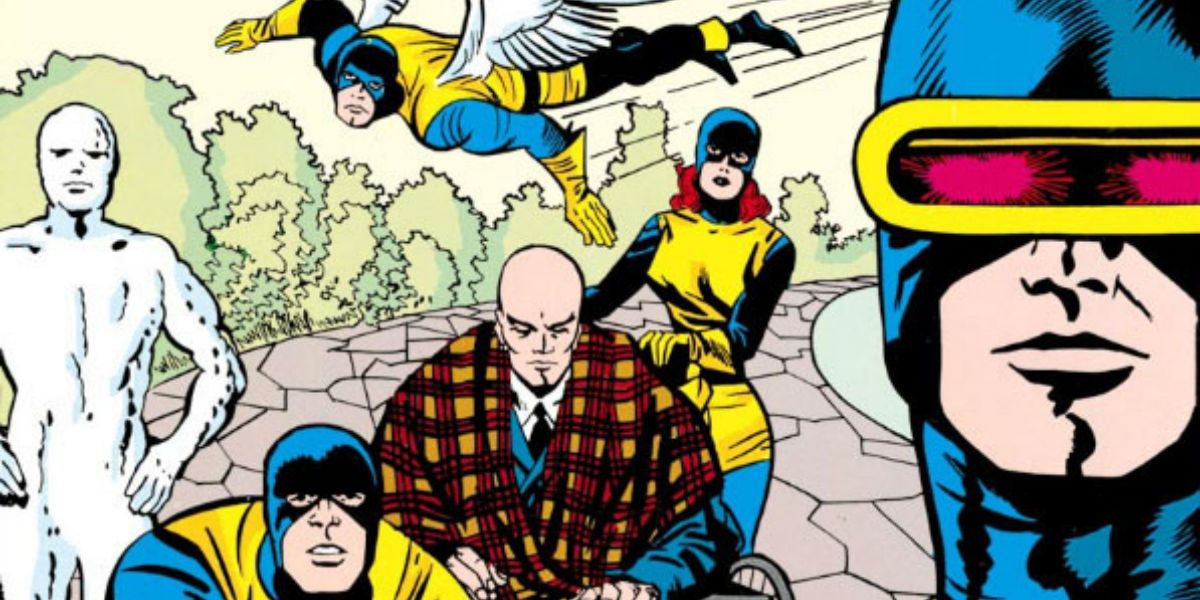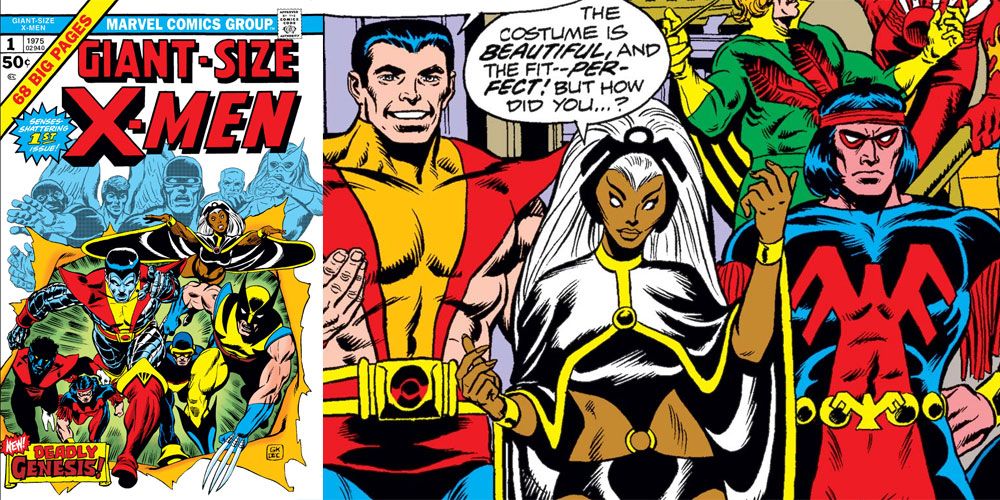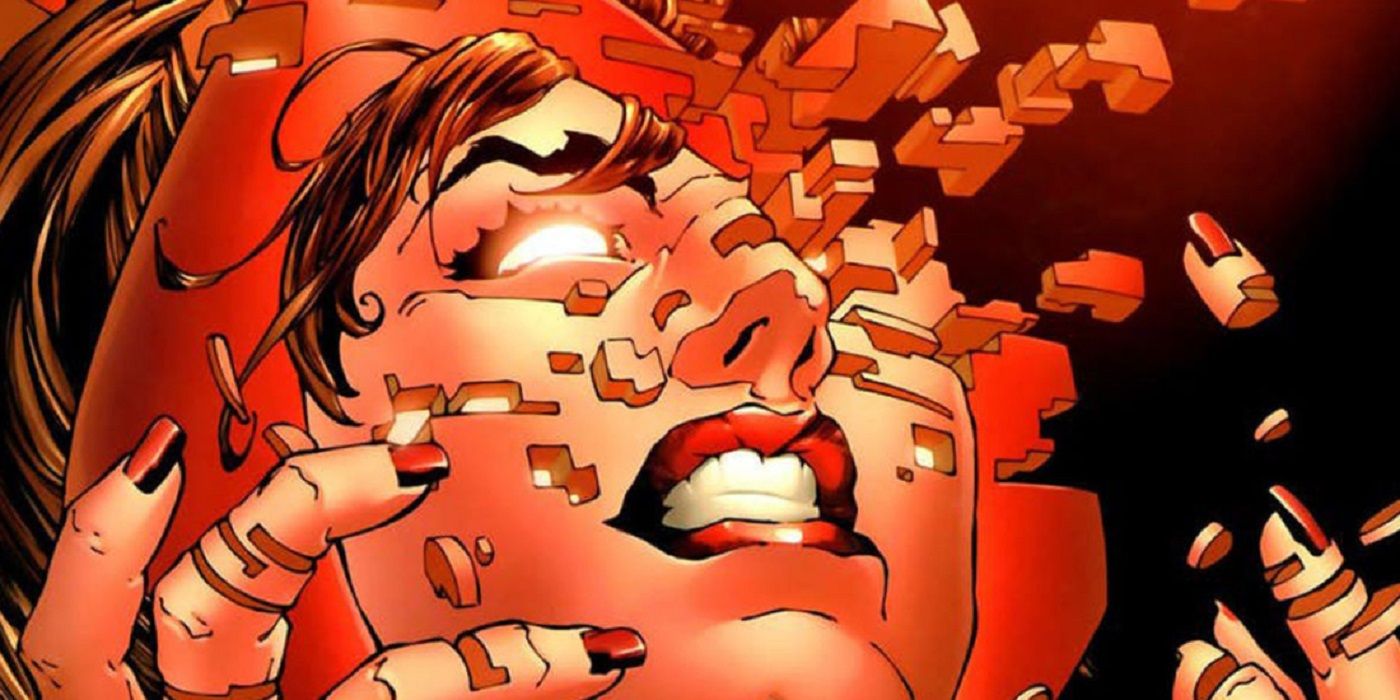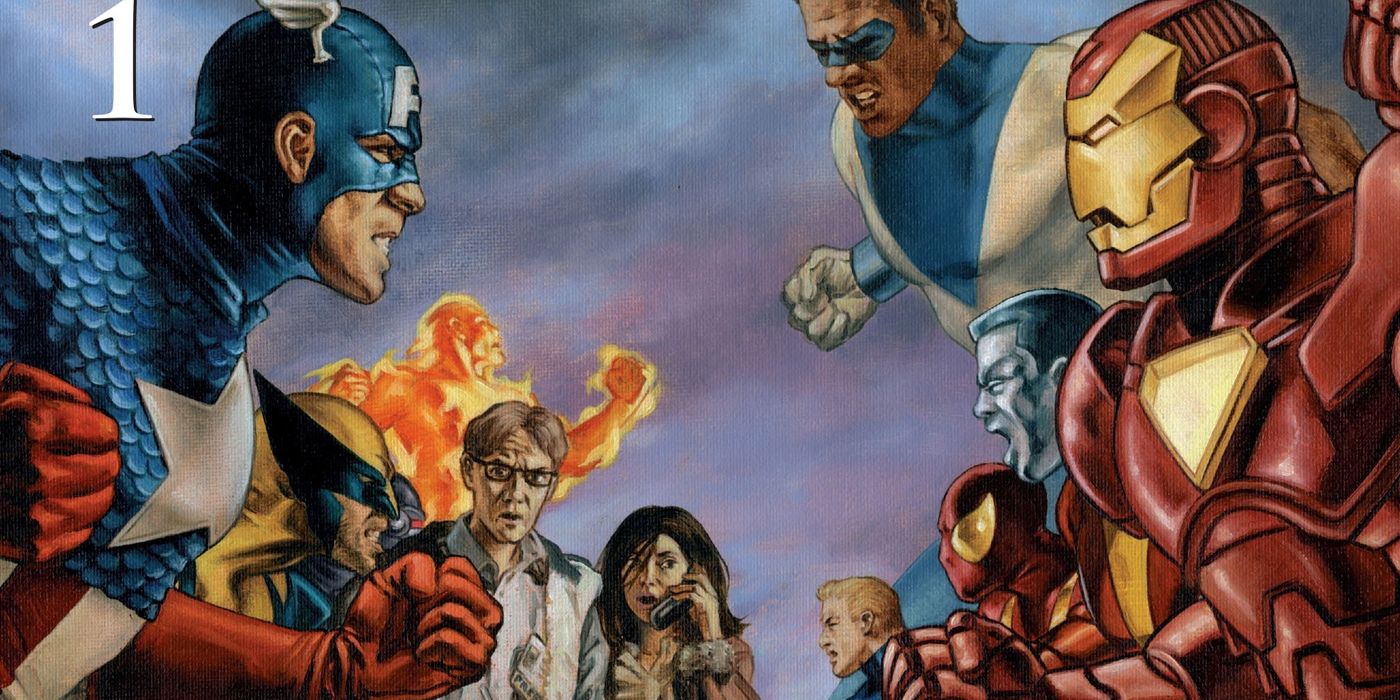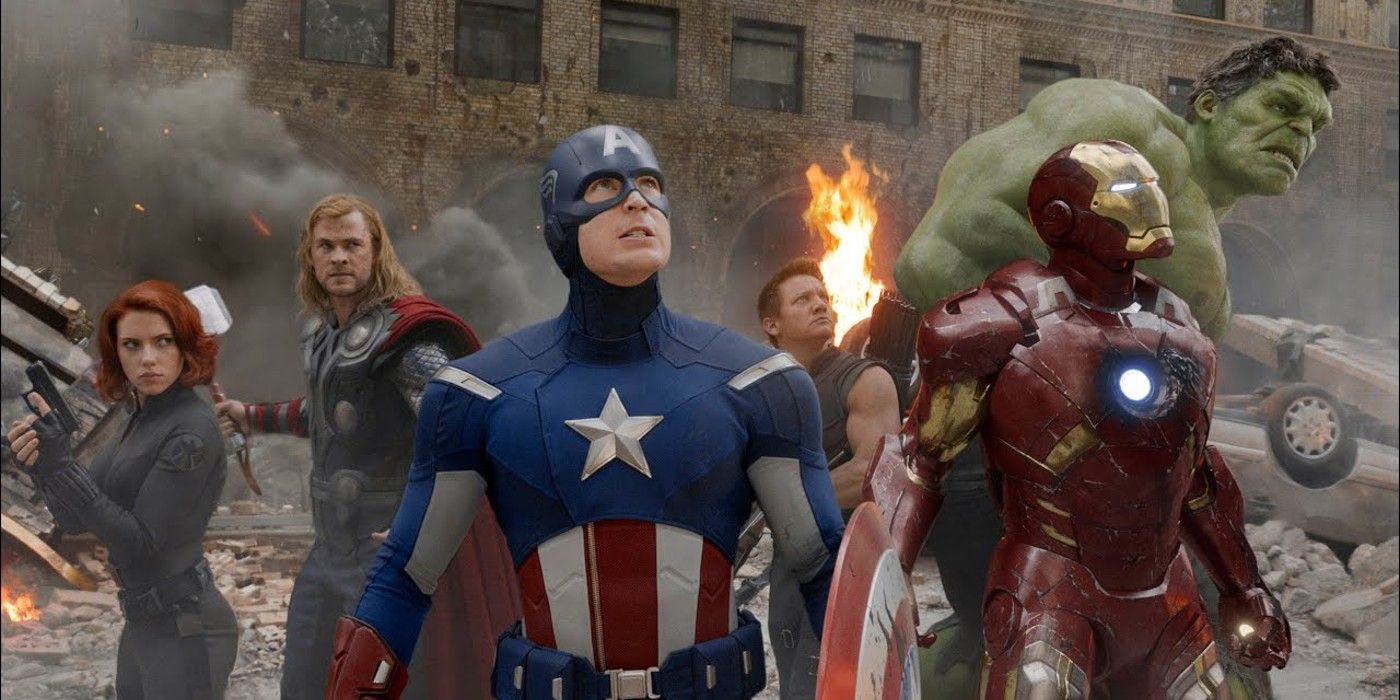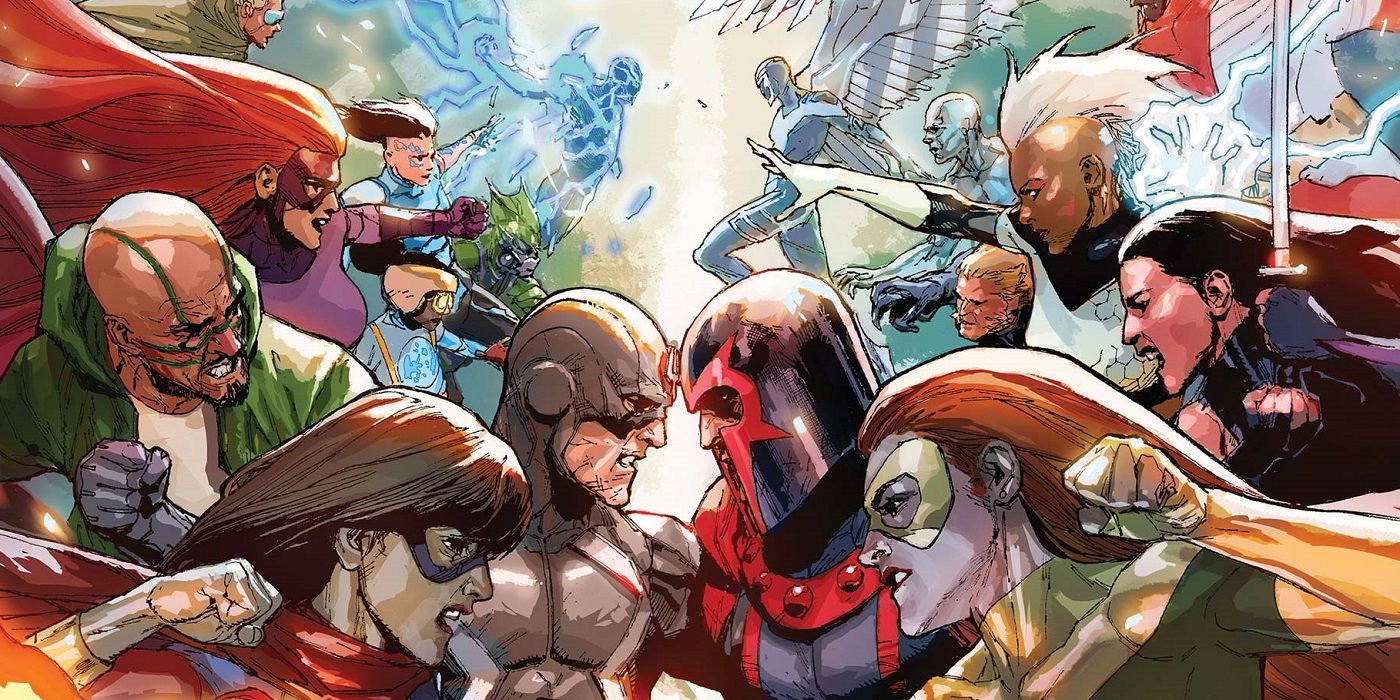The X-Men have gone through many different cycles of popularity. At times they've been the very premiere of Marvel's catalog; at others, they've been marginalized. Throughout Marvel's long history, there have been several times the company tried to distance itself from the fan-favorite team of mutants for one reason or another.
Evolution is guided by the survival of the fittest, so it's fitting that the X-Men, a team all about evolution, have survived the most attempts at demotion, replacement, and cancellation of any A-List Marvel characters.
7 Marvel Canceled X-Men In 1970
With how popular the team has become, it's easy to forget X-Men was the black sheep title of Marvel's Silver Age. Thanks to stale characterization and toothless politics, the series didn't do anything to stand out from its competing titles. One gets the sense that Stan Lee and Jack Kirby were simply attempting to repeat the success of the Fantastic Four, from the identical costumes to the characters themselves.
Professor X and Cyclops split aspects of Reed Richards, while Jean and Sue are little more than the token girl in their early outings. Likewise, Iceman was a frosty Human Torch, Beast began as a Ben Grimm analog before becoming the Shakespeare-quoting intellectual, and early Magneto was just a re-skinned Doctor Doom. While Roy Thomas made improvements, up to distinct costumes for the team, it wasn't enough, and X-Men was unofficially canceled in 1970. The last issue of the original run was #66, and for a time, the comic just reprinted old stories.
6 The Team In Giant-Size X-Men Displaced The Original Line-Up
This time, Marvel successfully replaced the X-Men with a new generation. In 1975, after five years of the X-Men being in limbo, Len Wein and Dave Cockrum rebooted the team in "Deadly Genesis," published in Giant-Size X-Men #1. The story sees Professor X and Cyclops recruit a new, multi-national team of X-Men to rescue the captive originals. The new team instantly had more personality than the old, while their varying ethnic roots were a much better fit for X-Men's political themes than five white teenagers from Westchester County.
X-Men (soon to be Uncanny X-Men starting with Issue #117) resumed with Chris Claremont as writer. Claremont fleshed out Wolverine, Storm, Nightcrawler, and Colossus while revamping Magneto into the most complex villain in comics. Not every new X-Men introduced in Giant-Size became a star. Thunderbird was killed off soon after, while Firestar and Banshee are B-Listers, and the original team still enjoyed prominence. Still, Wein and Cockrum undeniably gave the X-Men a second genesis.
5 House Of M Vastly Reduced The Number Of Mutants
In the early 2000s X-Men comics, there were more mutants than ever. Grant Morrison's New X-Men even wrote mutants as having a distinct culture all of their own. However, Marvel editor Joe Quesada felt that the Mutant population had grown too large, which he felt presented complications for the Marvel universe at large. The crossover event House Of M, written by Brian Michael Bendis with art by Olivier Coipel, was used to cut down the Mutant population.
Having lost control of mental faculties and her reality-warping powers, the Scarlet Witch declares "No More Mutants." This results in "The Decimation," which reduces the worldwide mutant population to less than 200. The next half-decade of X-Men comics dealt with the fallout of this Decimation, and not coincidentally, allowed Marvel to begin spotlighting other characters.
4 Civil War Moved The X-Men To The Background
One of the most famous Marvel events is Civil War, written by Mark Millar with art by Steve McNiven. When superheroes are forced to register as government agents to remain active, the community divides - Iron Man leads the government sanctioned "pro-registration" forces, Captain America leads the rebelling "anti-registration" forces.
The notion of a "Superhero Registration Act" was practically cribbed from X-Men, where the threat of the government passing a McCarthyite Registration act for Mutants was a hanging sword. Yet, conversely, the X-Men play a minor role in the comic, with the team declaring neutrality. This minimizing of the X-Men and centering of Captain America and Iron Man certainly seems to have been done with the Marvel Studios' benefit in mind.
3 The MCU Made The Avengers Marvel's Most Popular Team
During the 1980s and the 1990s, the X-Men were the premier Marvel franchise. What knocked them off this throne wasn't the comics themselves, but the movies. Thanks to the Marvel Cinematic Universe, Marvel has become even more of a movie brand than a comics one. Yet, the movie rights to X-Men were owned by 20th Century Fox, who produced their own X-Men movies independent of Marvel since 2000. This meant the X-Men were direct competition to Marvel's in-house productions.
Since the characters Marvel still owned the rights to were the core members of the Avengers, Marvel Studios built their cinematic universe around the eventual assembly of the team. The result was widely successful, and as a result, the Avengers have been pushed as Marvel's main superhero team since. This was a big change from the decades prior when the Avengers were a distant second to the X-Men.
2 The Maximoff Twins Were Retconned Into Not Being Mutants
The Maximoff twins, Scarlet Witch/Wanda and Quicksilver/Pietro, have been tied to the X-Men from the beginning. They debuted in X-Men #4 as villains, and while they only became heroes by joining the Avengers, they have always been mutants. In 1981, Magneto was revealed to be their biological father, which carried over into media adaptations and kept the twins bound to the world of mutants.
However, everything changed in 2015. The twins joined the MCU Avengers in Age Of Ultron, but with a revamped backstory free of Mutants or Magneto. The comics followed suit, revealing the comic twins were also not mutants or Magneto's children, severing Wanda and Pietro's ties to the X-Men's world. This retcon was just a harbinger of what was to come.
1 The Late 2010s Saw Marvel Sideline The X-Men And Push The Inhumans
The most overt push to replace the X-Men was also the most recent. Marvel CEO Ike Perlmutter was reportedly infuriated by 20th Century Fox making money off of Marvel properties. As such, around 2015, Marvel began pushing the X-Men to the background as much as possible. Instead, Marvel attempted to give the status of "feared and hated" superhuman subgroup to the Inhumans. The shift resulted in ill-received storylines like Inhumans Vs X-Men and Death Of X, centered around the Inhumans' Terrigen Mists being fatal to Mutants.
Comic readers, who'd always preferred the X-Men to the Inhumans, were not fans of these stories or the blatant corporate reasonings behind them. It all proved moot anyway, as the 2017 Inhumans TV series was a massive flop and Disney acquired 20th Century Fox, returning the X-Men film rights to Marvel. In 2019, Jonathan Hickman relaunched the X-Men with House Of X/Powers Of X, and the X-Men are going stronger than ever ahead of their inevitable introduction into the MCU. Meanwhile, the Inhumans have been shuffled back to the background, and are unlikely to get another shot in the spotlight anytime soon.

